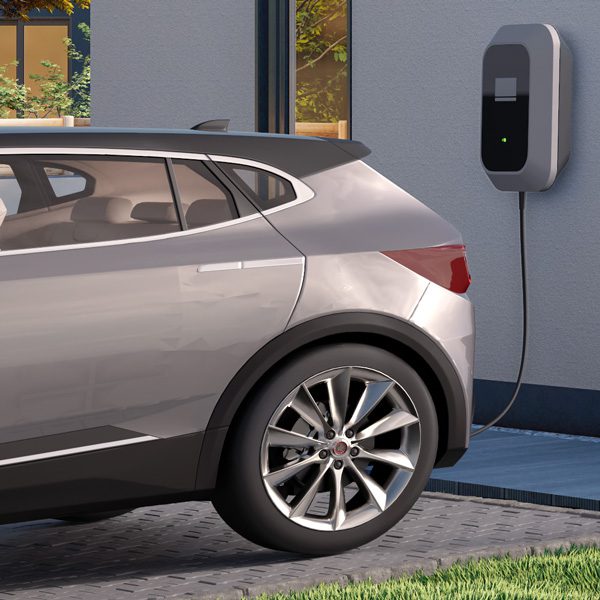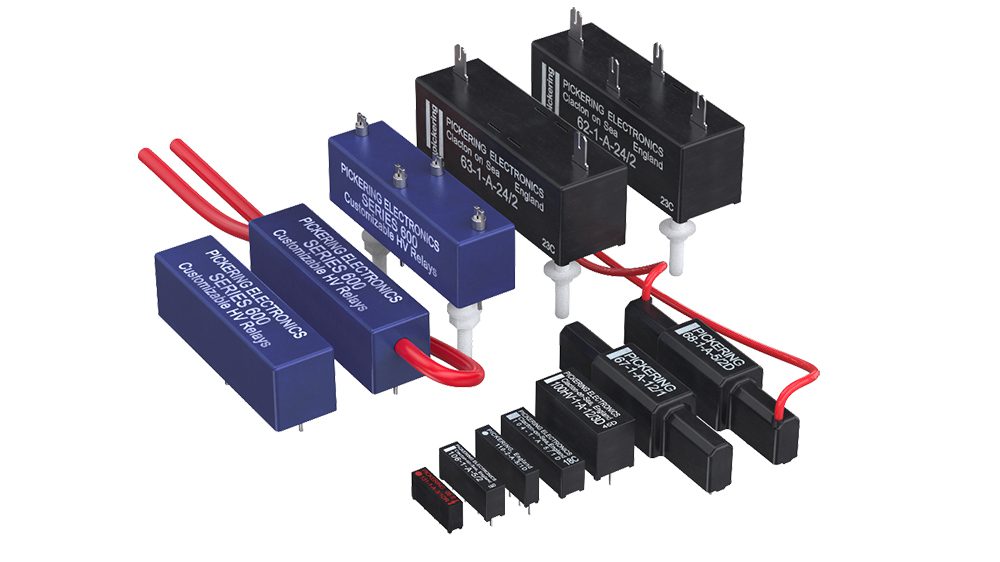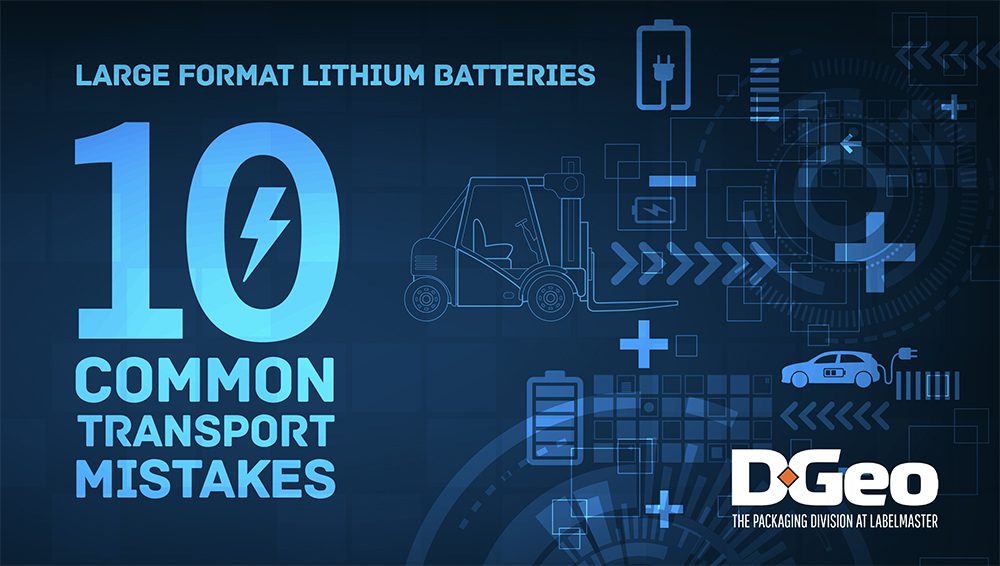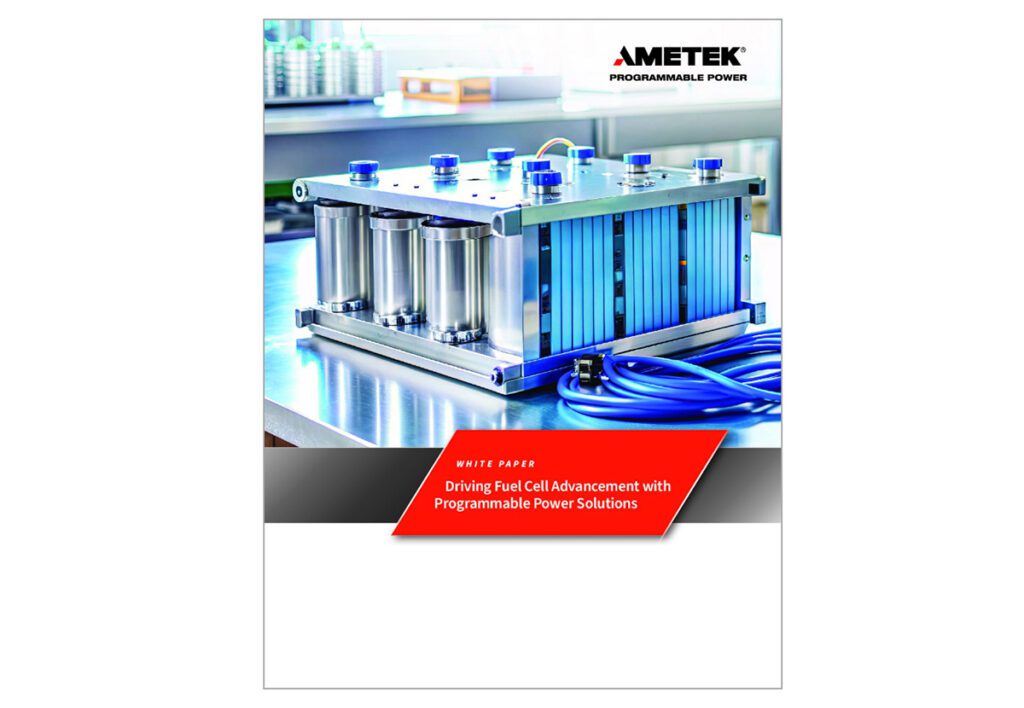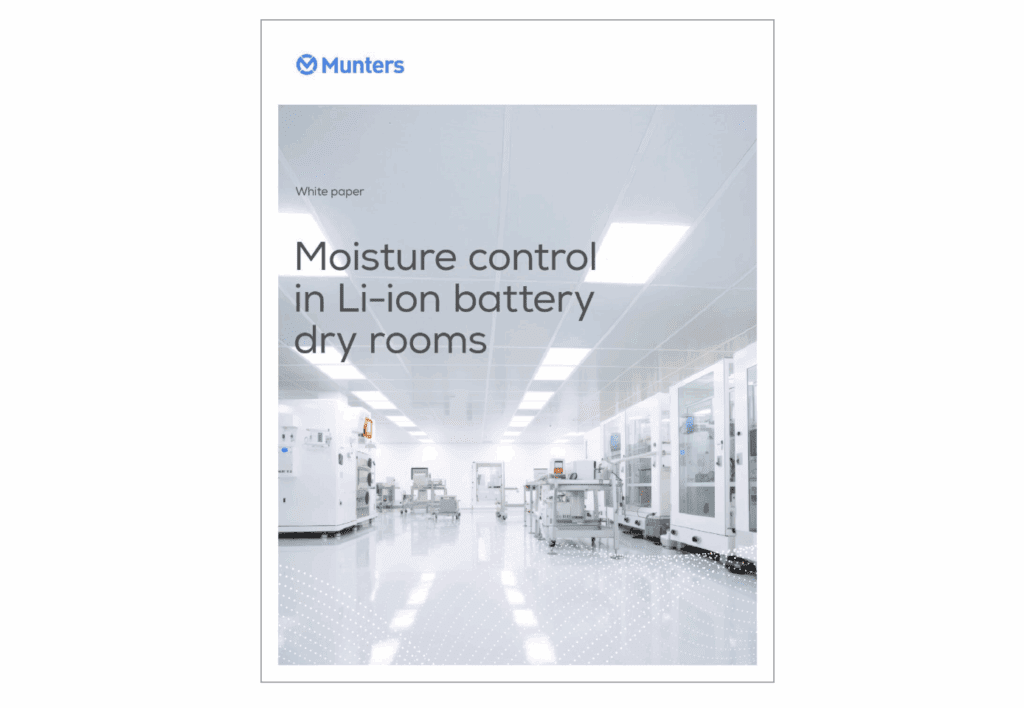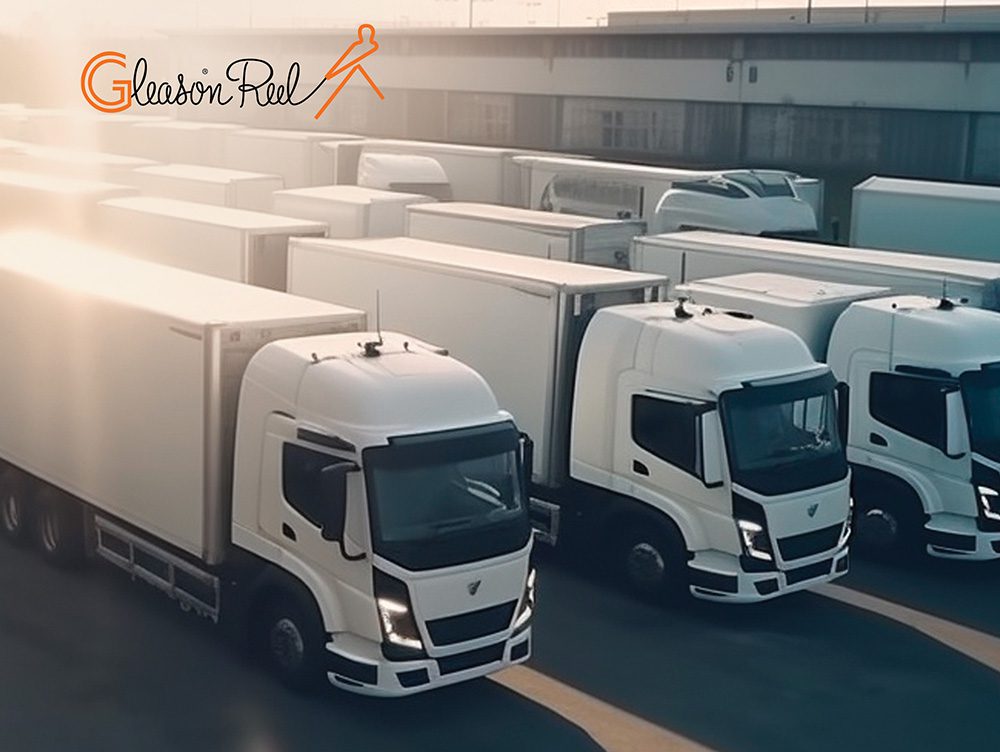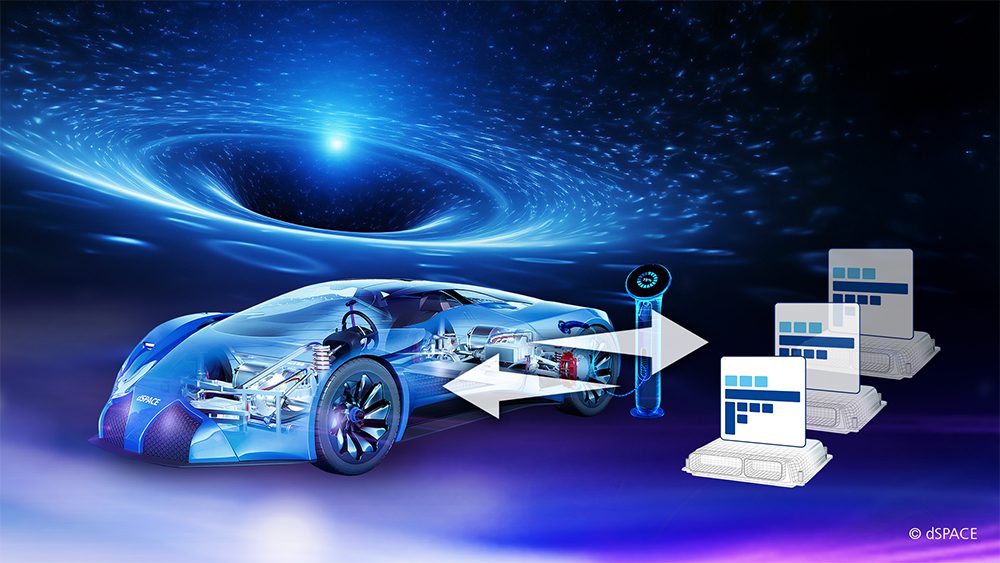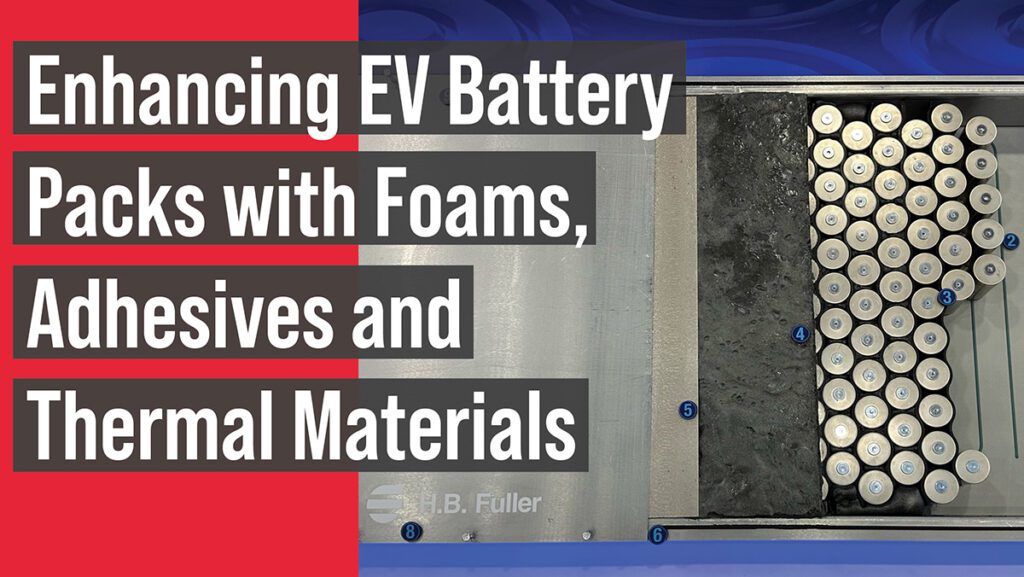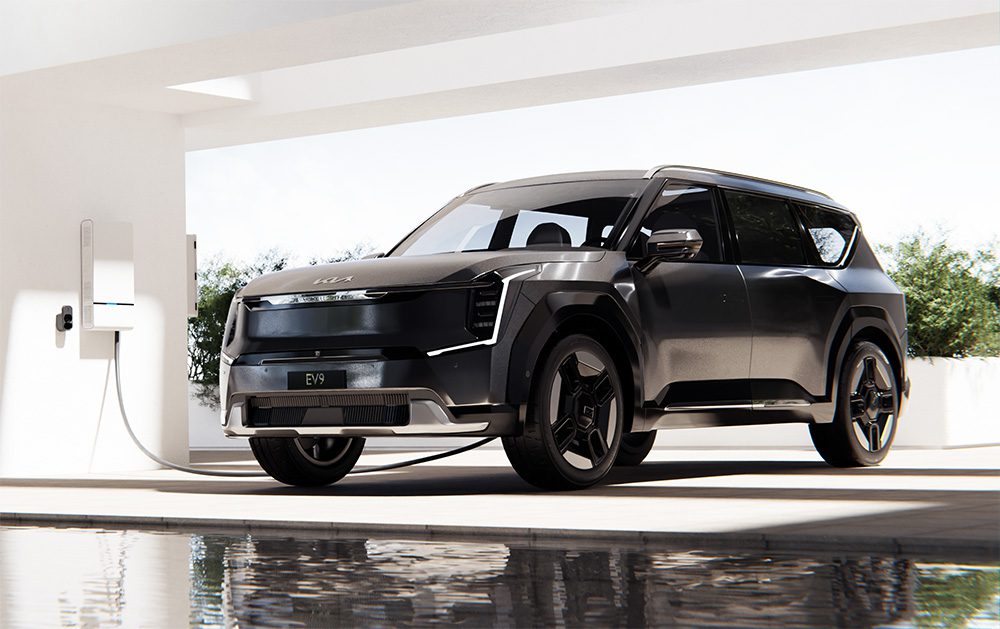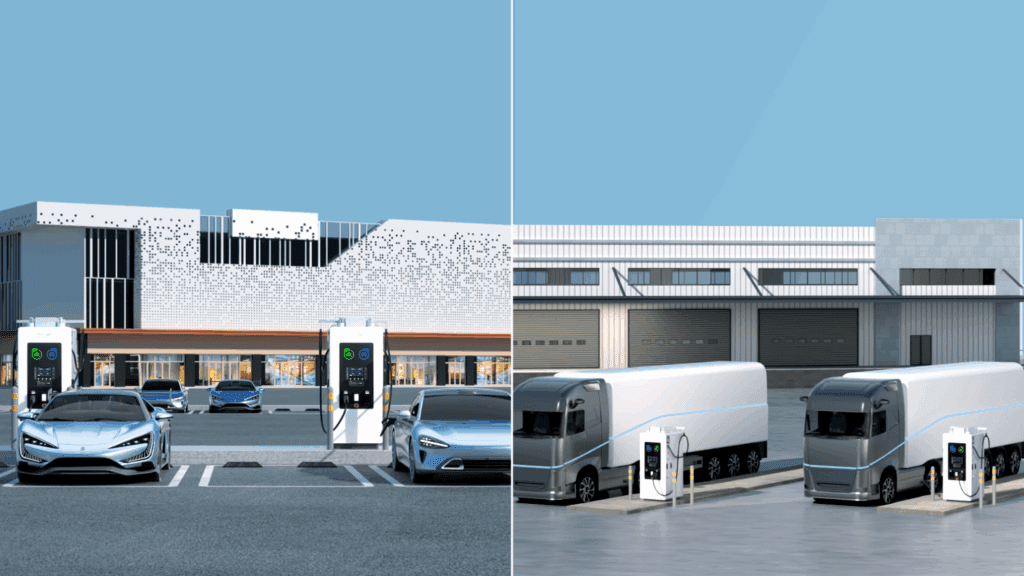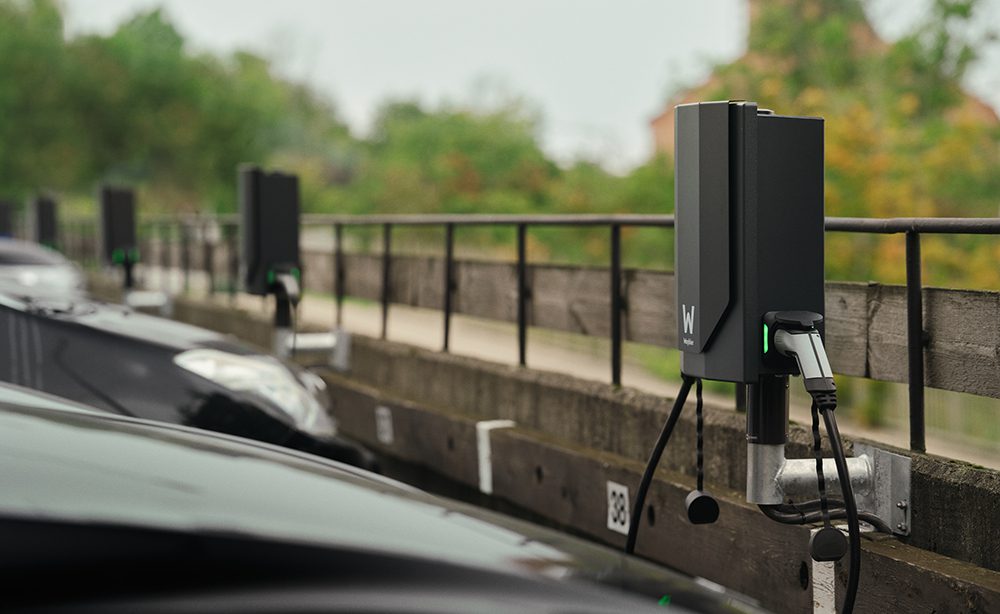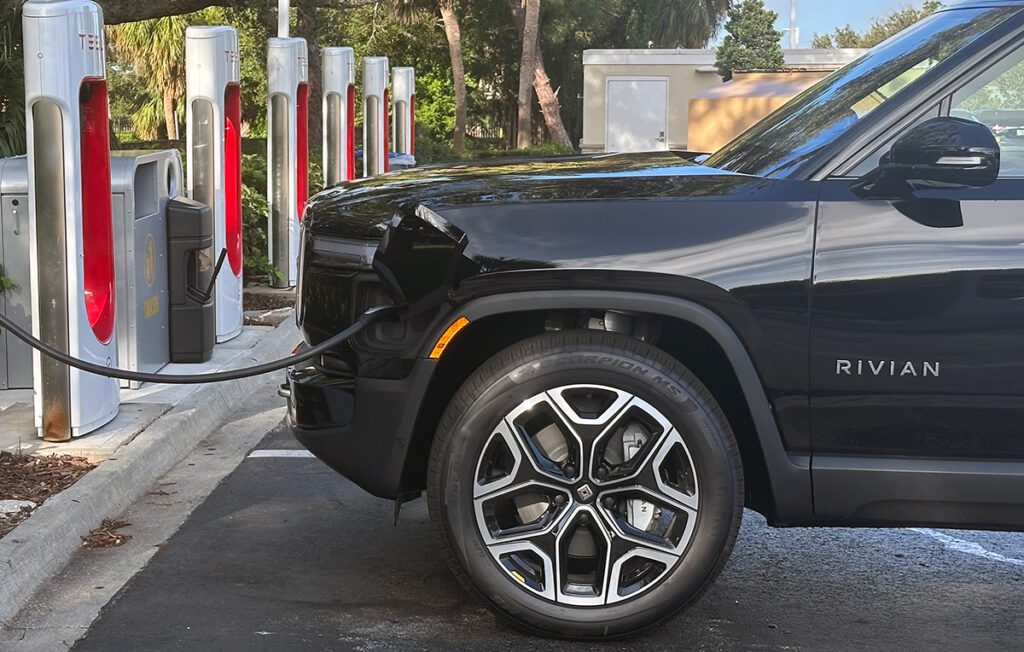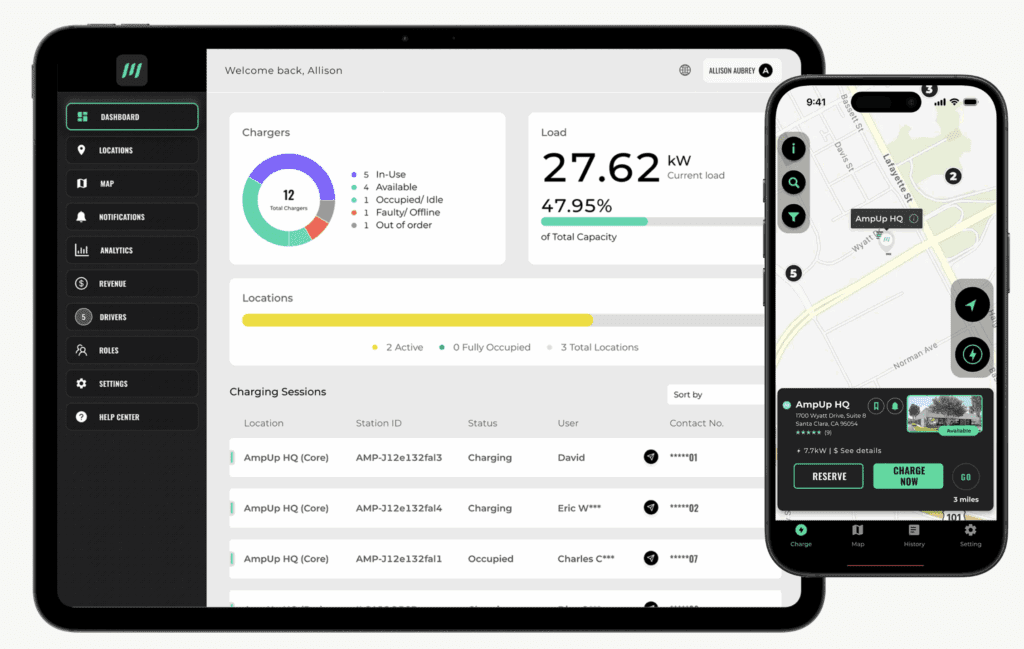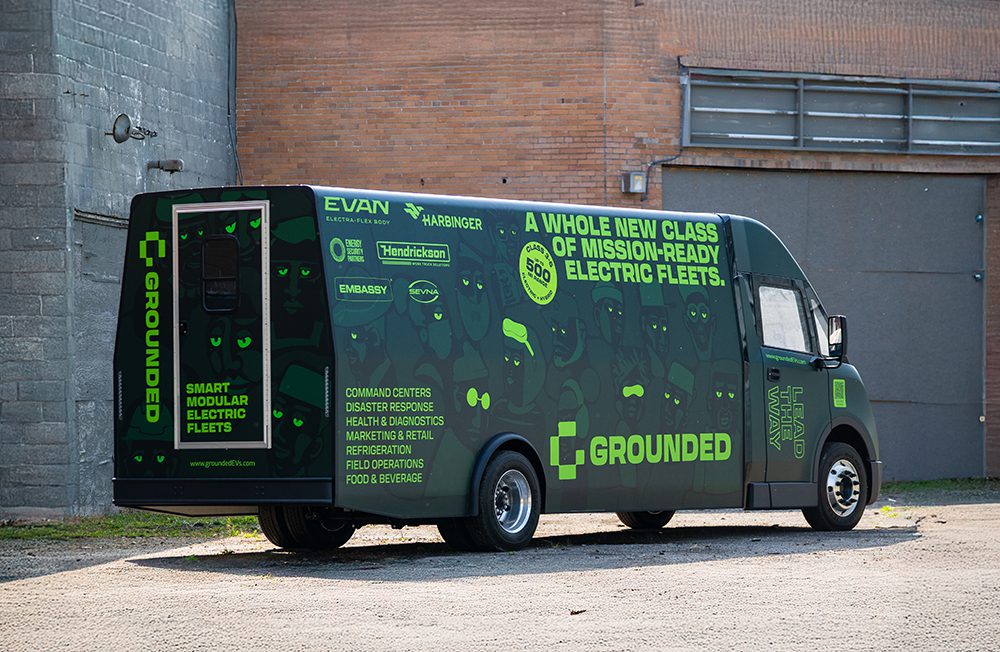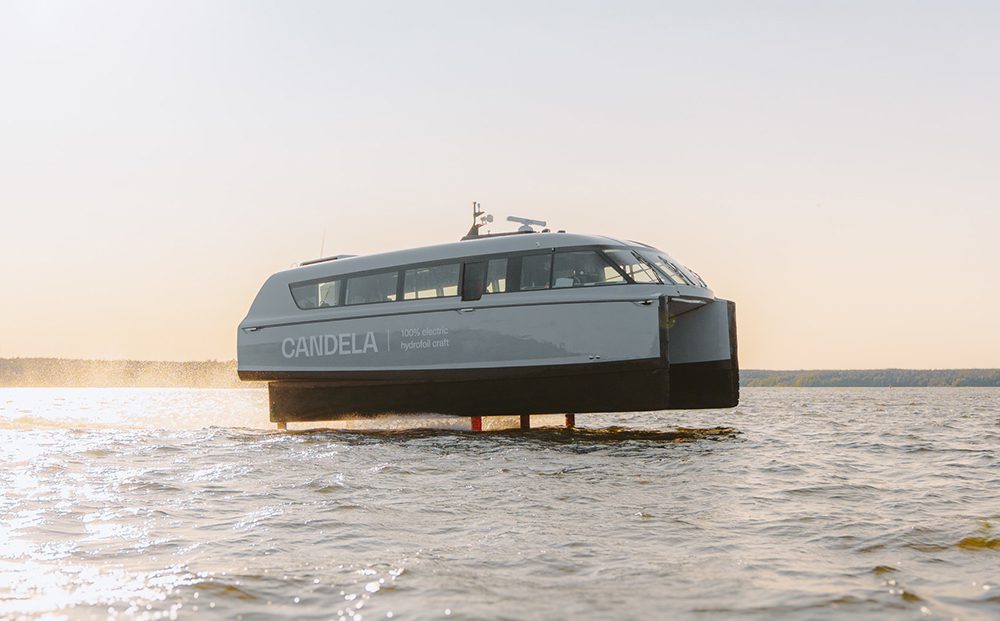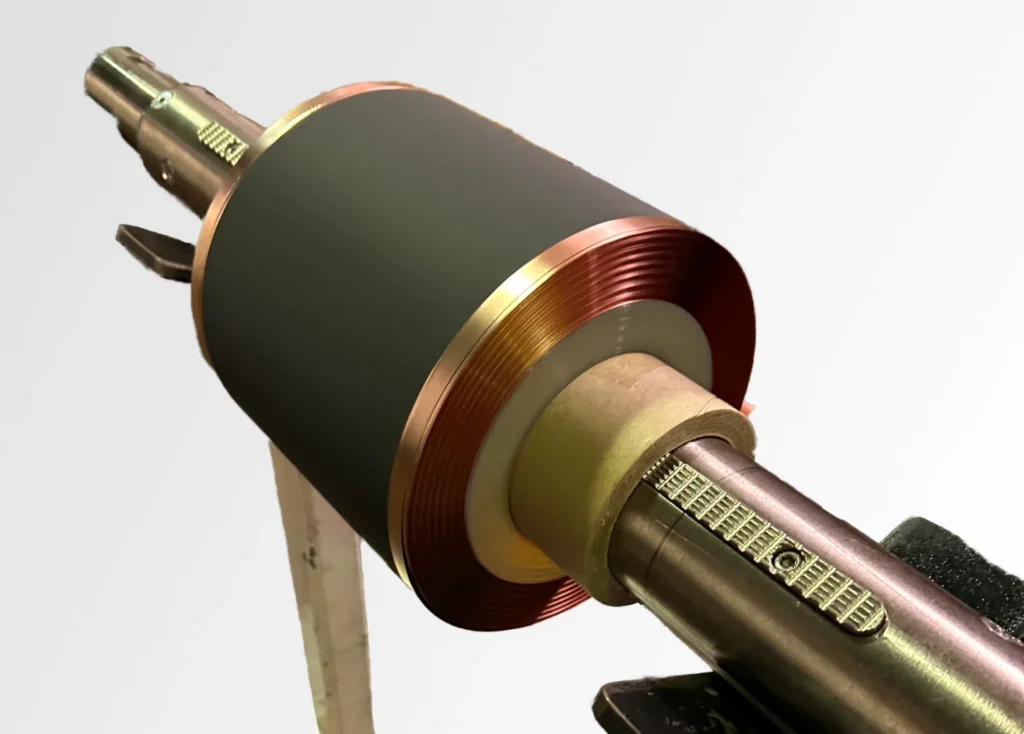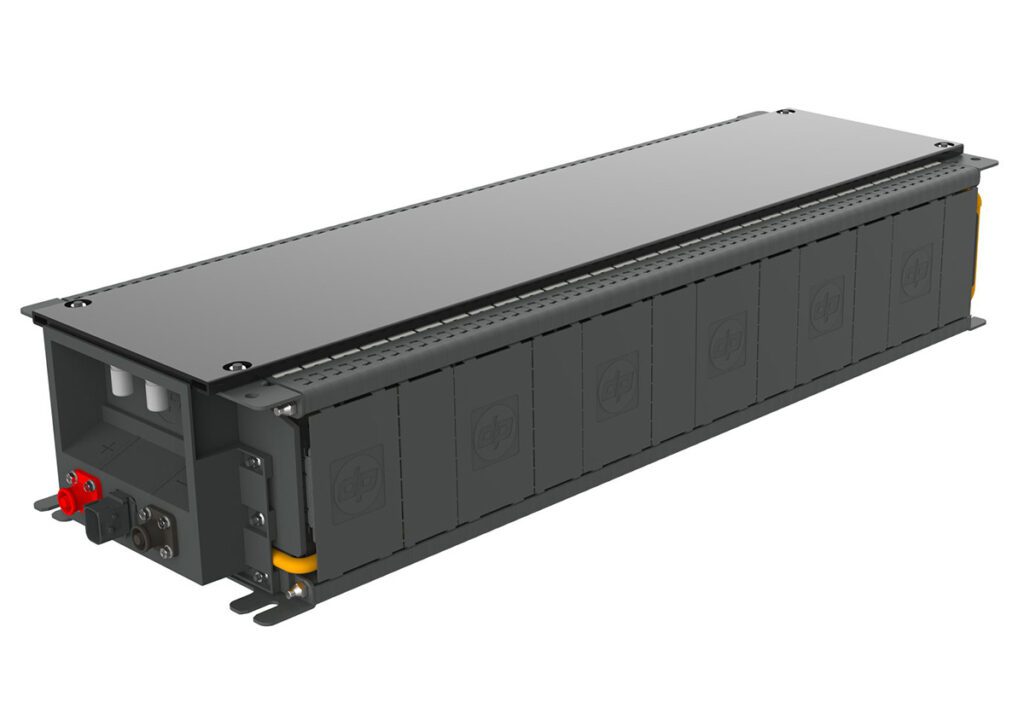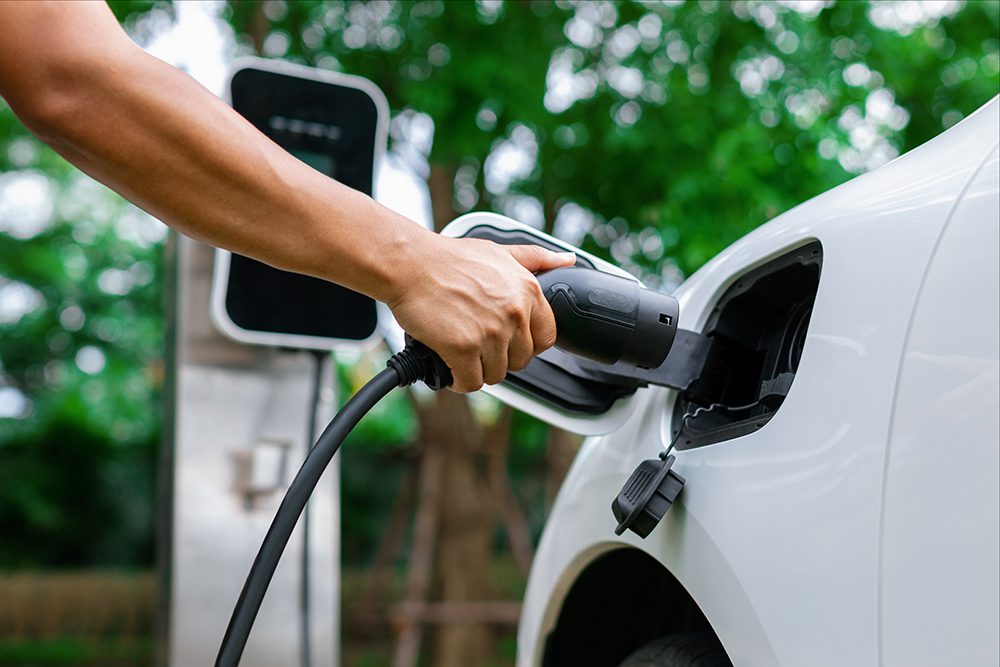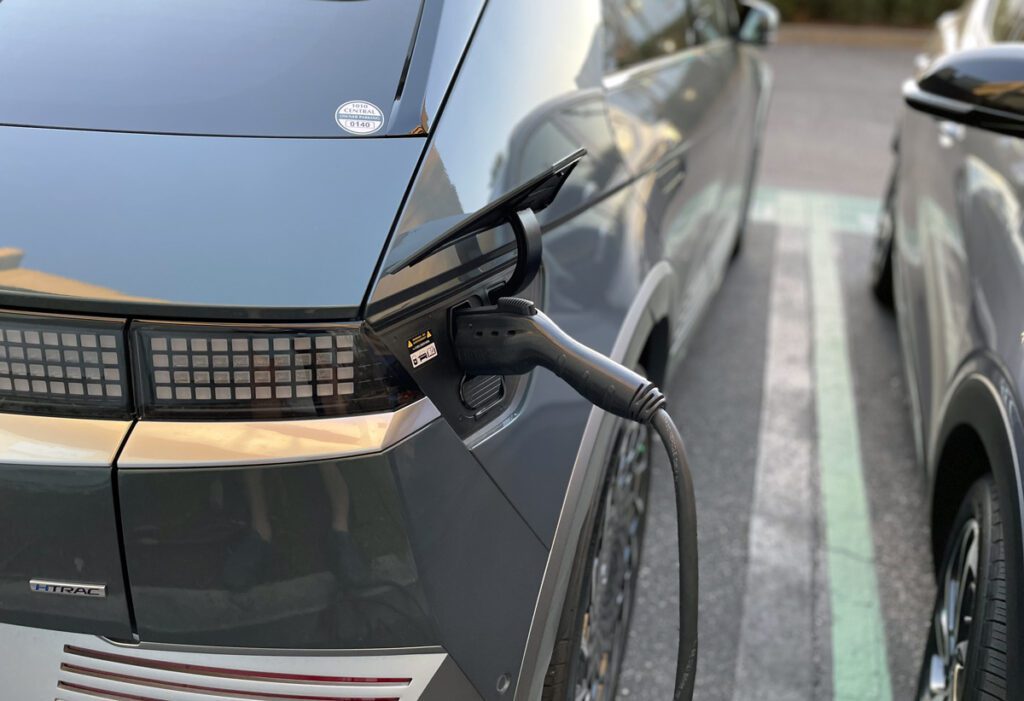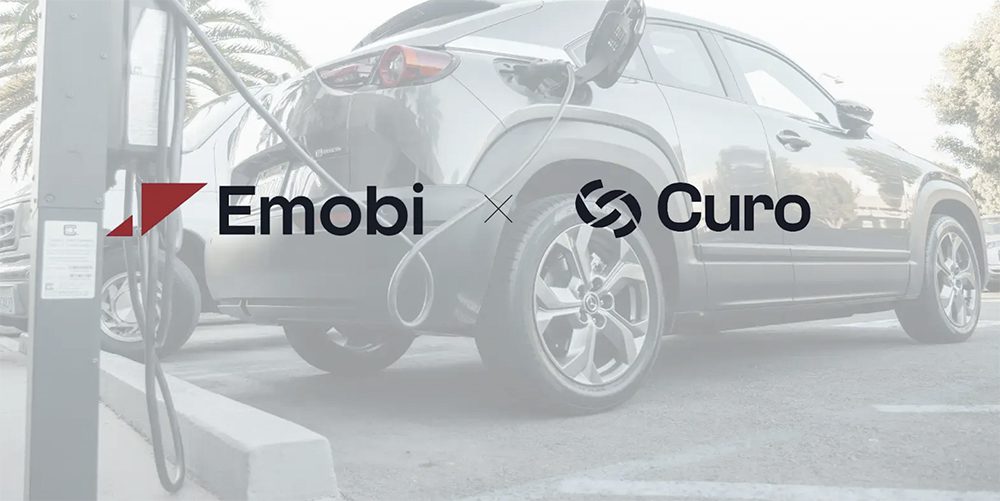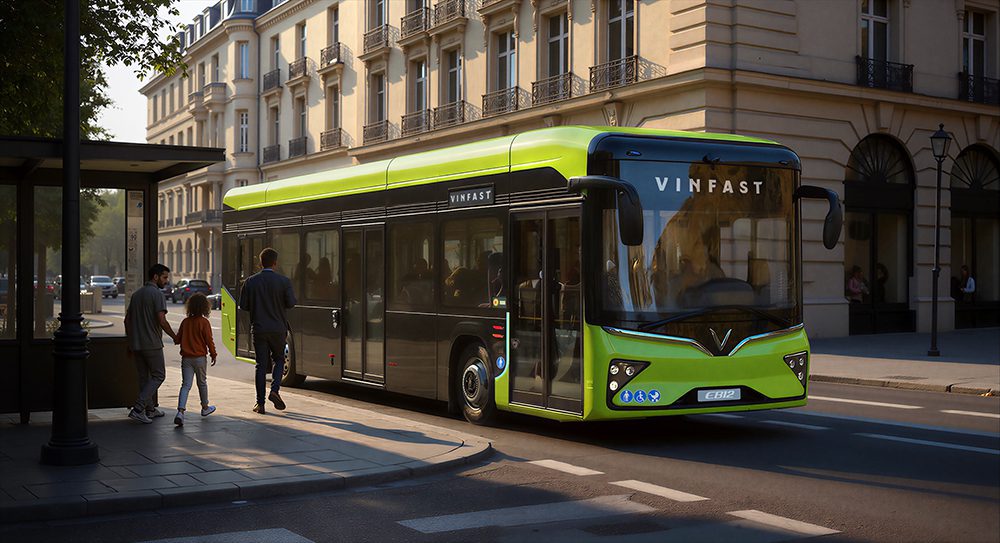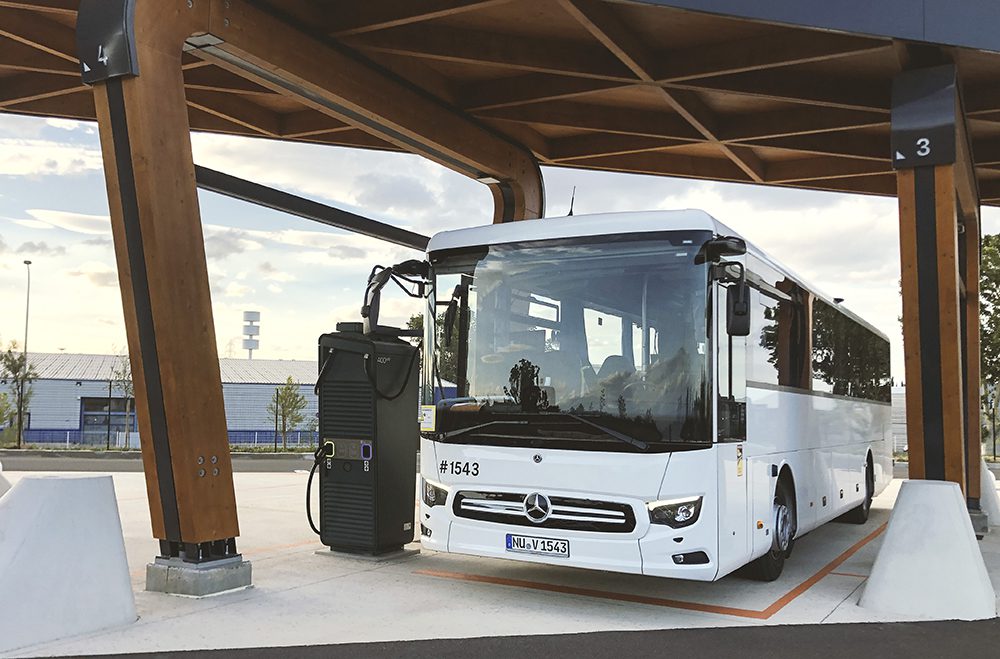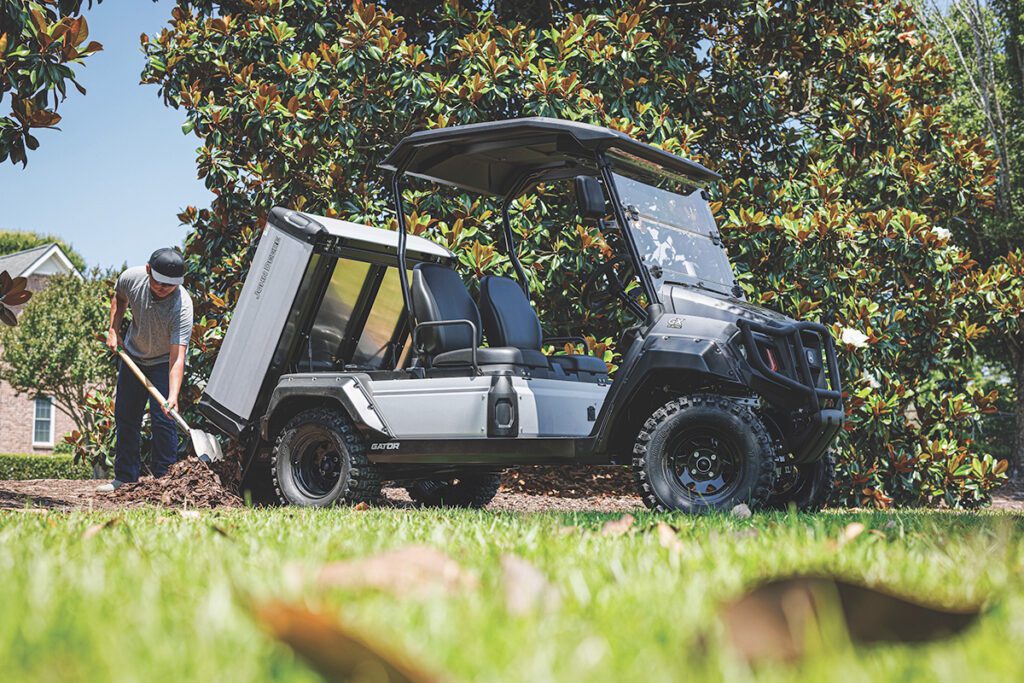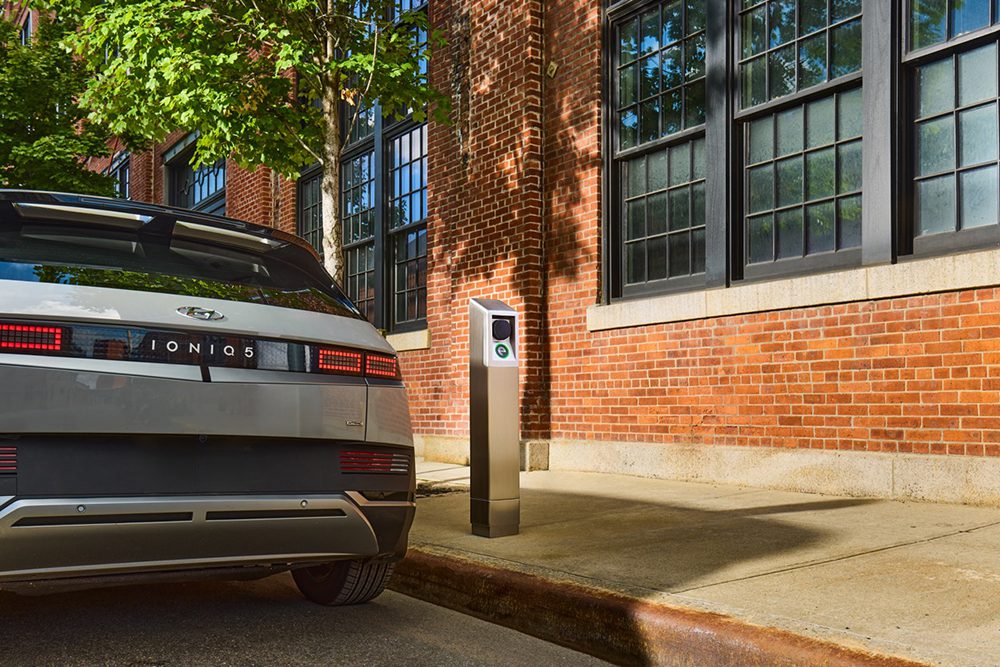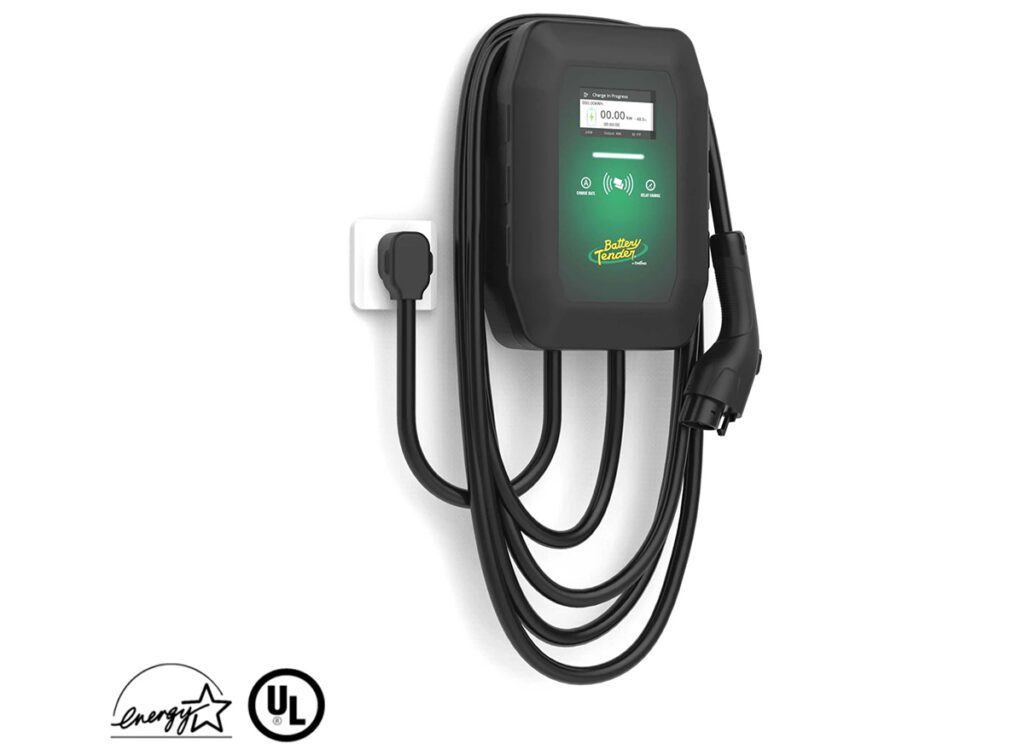Aluminum seems to be in the ascendant these days – Ford will use aluminum for the body of its 2015 F-150 pickup truck, and a recent report from the Aluminum Association predicts that by 2025, three out of four pickups will have all-aluminum bodies.
Not so fast, says the industry information service World Steel Dynamics. In a new 300-page analysis, WSD says that steel can easily deliver the weight savings required to meet federally mandated fuel economy targets for most vehicles.
According to AutoBody Warfare: Aluminum Attack, the world’s aluminum companies are in an “ebullient mood,” while steel firms are “apprehensive and mystified.” While they are developing ever-stronger automotive sheet products, vehicle designers are increasingly opting for aluminum.
SEE ALSO: Tesla’s mass-market EV will have new platform, less aluminum
“Each week, it seems, there’s another press release about another automotive company planning to use more aluminum sheet, especially for closures [hang-on-parts such as hoods, doors, trunk lids and tailgates],” reads the report. “This is happening even though stamped aluminum sheet costs at about three times stamped steel sheet.”
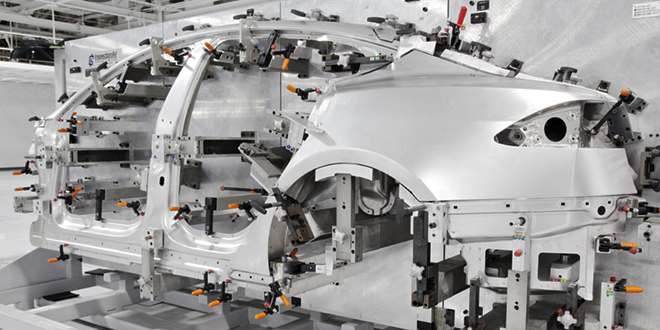
According to the WSD report, aluminum automotive sheet deliveries will show spectacular gains through 2018. However, although the CAFE standard will become stricter from 2021 to 2025, a wider array of advanced high-strength steels will be ready for use by automotive design engineers, and there is more potential for weight cuts in the body-in-white (the frame of the automobile excluding closures).
MORE: Study: Using aluminum instead of steel can reduce the cost of an EV
Based on the expectation of large improvements in engine performance, weight savings requirements for 2018-2021 are not particularly severe, so designers using steel may well exceed in the body-in-white the weight savings needed to achieve MPG targets. These savings may be sufficient for engineers to decide to utilize lower-cost, although heavier, closures made from steel.
The WSD predicts that advanced high-strength steels, even if priced substantially higher than other auto sheet, are quite attractive given their weight savings relative to aluminum, and sales will rise to 23.7 million tons in 2025, a 330% gain.
Source: Steel Market Development Institute via Green Car Congress
Images: Top – courtesy of Ford Motor Company, Bottom – Courtesy of Tesla Motors









